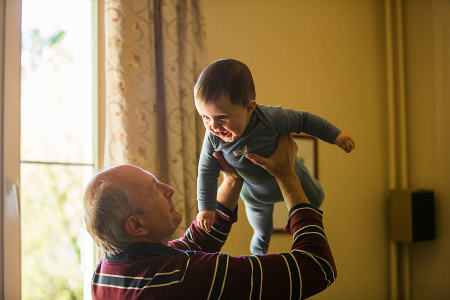We ask you, humbly: don't scroll away.
Hi readers, it seems you use Catholic Online a lot; that's great! It's a little awkward to ask, but we need your help. If you have already donated, we sincerely thank you. We're not salespeople, but we depend on donations averaging $14.76 and fewer than 1% of readers give. If you donate just $5.00, the price of your coffee, Catholic Online School could keep thriving. Thank you.Help Now >
Angora
FREE Catholic Classes
Armenian rite diocese in Asia Minor (Asiatic Turkey).
The Europeans now call Angora, and the Turks, Enguru, the ancient capital of Galatia, in Asia Minor, which was known to the Greeks and Romans as Ancyra. Midas was its legendary founder, and it witnessed the triumphal march of Alexander the Great. Under the Seleucid king, Antiochus III (222-186 B. c.) it lost temporarily its freedom. It was the capital of the Galatian kings, Dejotarus and Amyntas. When the latter died (25 B.C.), it became a Roman city and was very flourishing under Augustus. The Byzantines permitted its capture by the Persians in A.D. 619; later it was often ravaged by the Arabs, who were in turn dispossessed by the Seldjucids of Konia. Though taken by the Crusaders, its possession was long the disputed by Islam, and it finally fell into the hands of Sultan Mourad, in 1362. Since then it has remained in the power of the Ottoman Turks, with the exception of some years after the battle of 2 July, 1402, in which Sultan Bajazet was killed by TimourLeng (Tamerlane) and his Mongols, and six months in 833, when Ibrahim Pasha, the son of the Khedive Mehemet-Ali, led the Egyptian troops as far as the Bosphorus. Though the chief town of the vilayet, or district, of the same name, the modern Angora no longer reminds us of the glory of ancient Ancyra. It can show, however, besides a, great many inscriptions, the ruins of several Roman monuments, among them the famous temple of Rome and Augustus, on whose walls is inscribed in marble the will of Augustus, with the principal events of his reign ( Monumentum Ancyranum ). Ancyra was at an early date a Christian city, and counts several martyrs ; the best known are the Bishop St. Clement, whose memory is preserved by a medieval church, and the publican St. Theodotus. Unhappily, neither the Acts of Clement nor those of Theodotus can claim high rank as historical documents. After the persecution of Maximinus (probably in 314) Ancyra witnessed an important council whose twenty-five canons are yet extant. Marcellus, Metropolitan of Ancyra, was prominent in the Arian controversy, likewise his successor Basil (d. 373). Among the other Metropolitans of Ancyra special mention is due to Domitian, who took part in the Origenist controversies during the sixth century. The actual population of Angora comprises 18,000 Mussulmans, 16,000 Orthodox Greeks, 5,000 Catholic Armenians, 100 Protestant Armenians, 400 Jews. The Orthodox Greek community is governed by a metropolitan and has 2 churches, 1 monastery, 2 schools for boys, and 2 for girls. Catholic Armenian community is organized as a diocese, and has 4 churches, 1 convent for men, 1 for women, 3 schools for boys, and 1 for girls. The Gregorian Armenian community is governed by a bishop, and has 2 churches, 1 monastery, 1 school for boys, and 1 for girls. The Protestant Armenians have 1 church, and form a missionary station under the American Board of Commissioners for Foreign Missions, directed from Cæsarea. The little Latin colony, attracted by the railway, is visited by the Augustinians of the Assumption, missionaries at Eski-Chehir. Angora also possesses a prosperous French establishment conducted the Christian Brothers. (See ANCYRA).
We ask you, humbly: don't scroll away.
Hi readers, it seems you use Catholic Online a lot; that's great! It's a little awkward to ask, but we need your help. If you have already donated, we sincerely thank you. We're not salespeople, but we depend on donations averaging $14.76 and fewer than 1% of readers give. If you donate just $5.00, the price of your coffee, Catholic Online School could keep thriving. Thank you.Help Now >








 Daily Readings for Wednesday, April 24, 2024
Daily Readings for Wednesday, April 24, 2024 St. Fidelis of Sigmaringen: Saint of the Day for Wednesday, April 24, 2024
St. Fidelis of Sigmaringen: Saint of the Day for Wednesday, April 24, 2024 A Prayer for Special Intentions: Prayer of the Day for Wednesday, April 24, 2024
A Prayer for Special Intentions: Prayer of the Day for Wednesday, April 24, 2024


